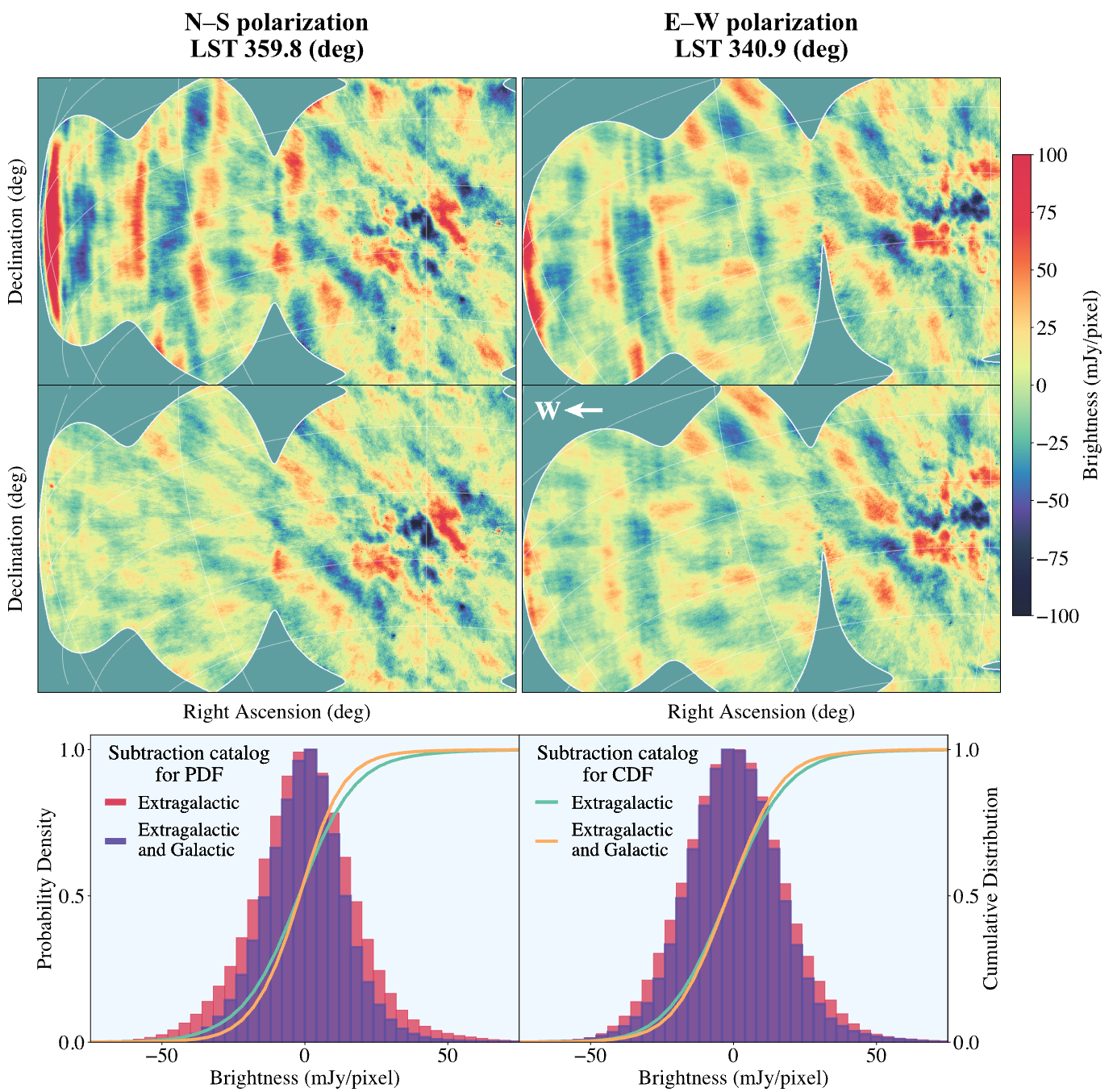
Aliasing from Galactic Plane Setting in Widefield Radio Interferometry
N. Barry, J. L. B. Line, C. R. Lynch, M. Kriele, J. Cook.
First simulated images of Fourier-space aliasing of Galacticset in EoR observations.
Scientia Lecturer at UNSW
ARC DECRA Fellow
Forrest Fellow

Using some of the world's largest interferometers
to measure some of the Universe's smallest signals.
We are using sound analysis to perform statistical reconstruction of the birth of the first stars during the Epoch of Reionisation. This era is the perfect control experiment for the creation of stars and galaxies -- measuring the intergalactic medium and its structure using the hyperfine transition of Hydrogen will finally tell us the origins of some of the greatest mysteries of the Universe.
I am an avid researcher in the field of observational cosmology, radio science, and precision analysis. I specialise in Epoch of Reionisation searches, developing unique analysis approaches that push the boundaries of achieved precision within the radio-science community. I did my PhD at the University of Washington, and have worked at the University of Melbourne and Curtin University. In 2024, I began my tenure-track journey at the University of New South Wales as a Scientia Lecturer.
I am also a cosmic time traveller. I wrote an article that describes how I feel about the pursuit of my research, reproduced below with permission from the Forrest Research Foundation. It first appeared in the Perth Dialogue, Beyond Earth: The Case for Space.
Here is a selection of recent work that I've been involved in. Full publication list available through ads.

N. Barry, J. L. B. Line, C. R. Lynch, M. Kriele, J. Cook.
First simulated images of Fourier-space aliasing of Galacticset in EoR observations.
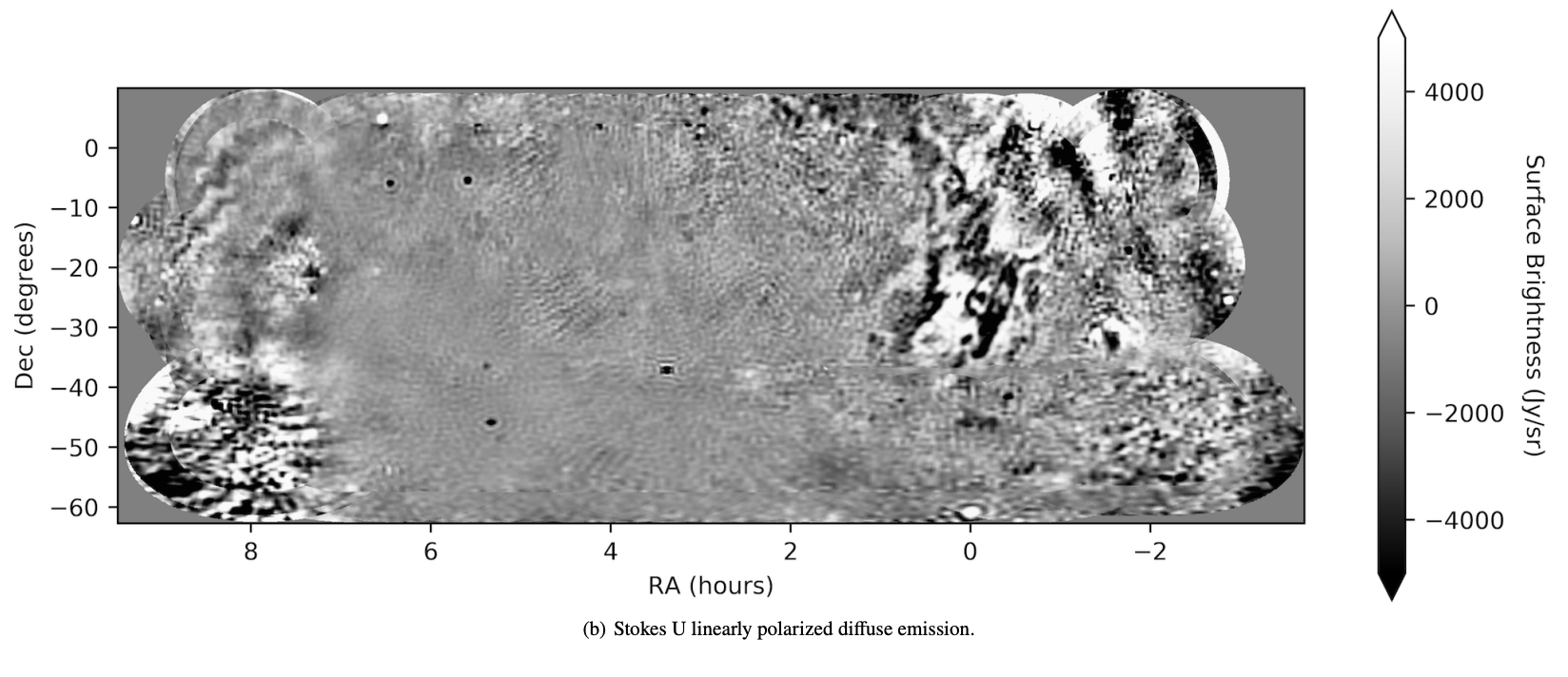
R. Byrne, M. F. Morales, B. Hazelton, I. Sullivan, N. Barry, C. Lynch, J. L. B. Line, D. C. Jacobs.
Measurements of the large-scale diffuse structure on the sky which stand between us and cosmology.

N. Barry, G. Bernardi, B. Greig, N. Kern, F. Mertens.
A review of the current state of affairs in 21-cm EoR signal detection.
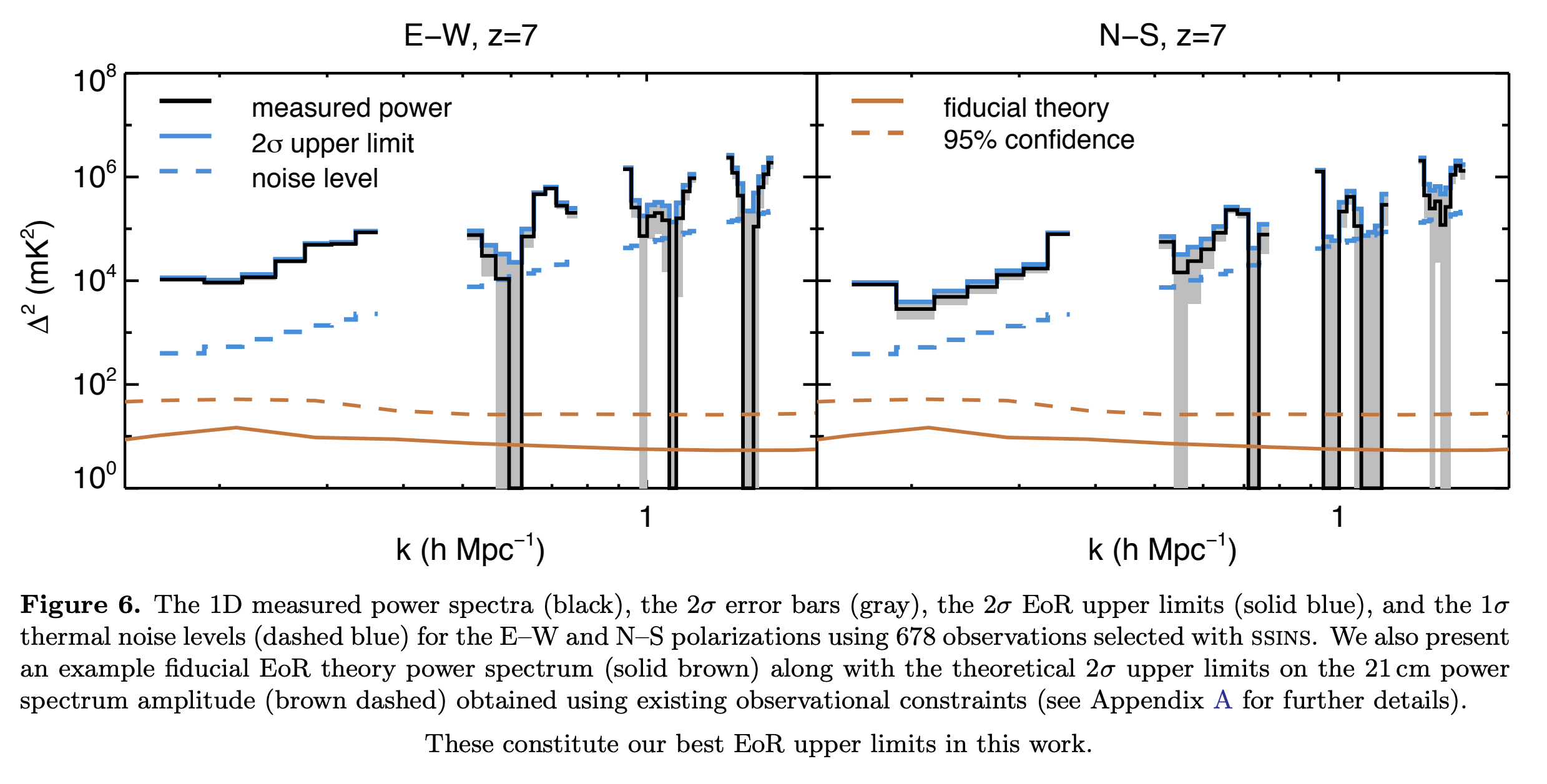
N. Barry, M. Wilensky, C. M. Trott, +27 others.
The best upper limit on the EoR signal at the time, which used our open-source pipeline.

N. Barry, A. P. Beardsley, R. Byrne, B. Hazelton, M. F. Morales, J. C. Pober, I. Sullivan.
A description of our open-source pipeline -- the good, the bad, and the ugly.
Accolaides as perceived through the lens of media. Includes winning a DECRA Fellowship via the Australian Research Council, the Louise Webster Prize from the Astronomical Society of Australia, a Forrest Fellowship via the Forrest Research Foundation, and a Veni Fellowship via the Netherlands Organization for Scientific Research.

Nichole Barry wins the Discovery Early Career Researcher Award from the Australian Research Council, which will fund her next three years of research.
Nichole Barry and Sven Buder win the Louise Webster Prize for Early Career Researchers from the Astronomical Society of Australia for excellence in research.
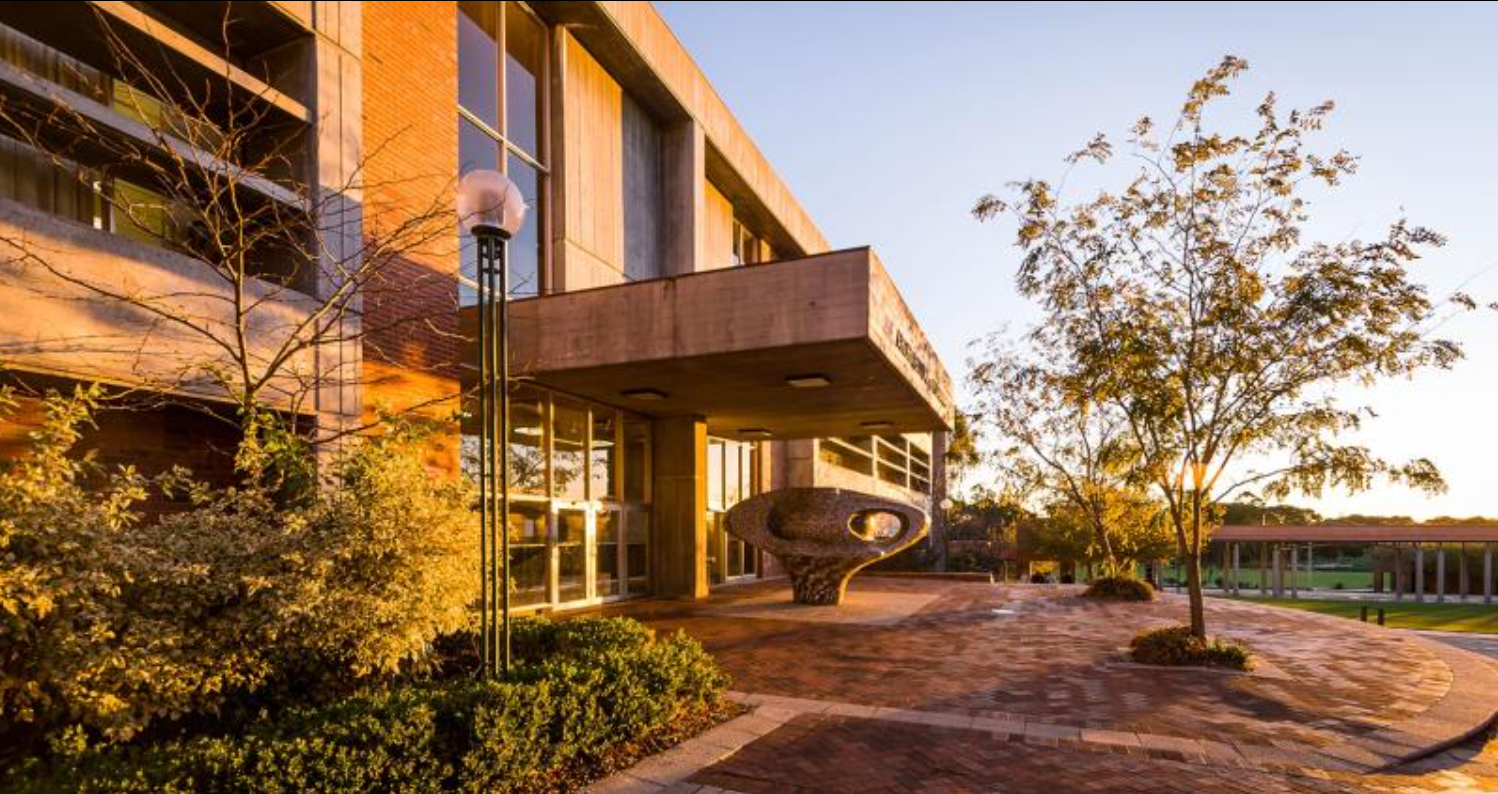
Nichole Barry and Jacob Martin win the prestigious Forrest Fellowship, a privately funded endeavour, to join Curtin University.

Six researchers of the Faculty of Science and Engineering have been awarded a Veni grant from the Netherlands Organization for Scientific Research (NWO). [Graciously declined].
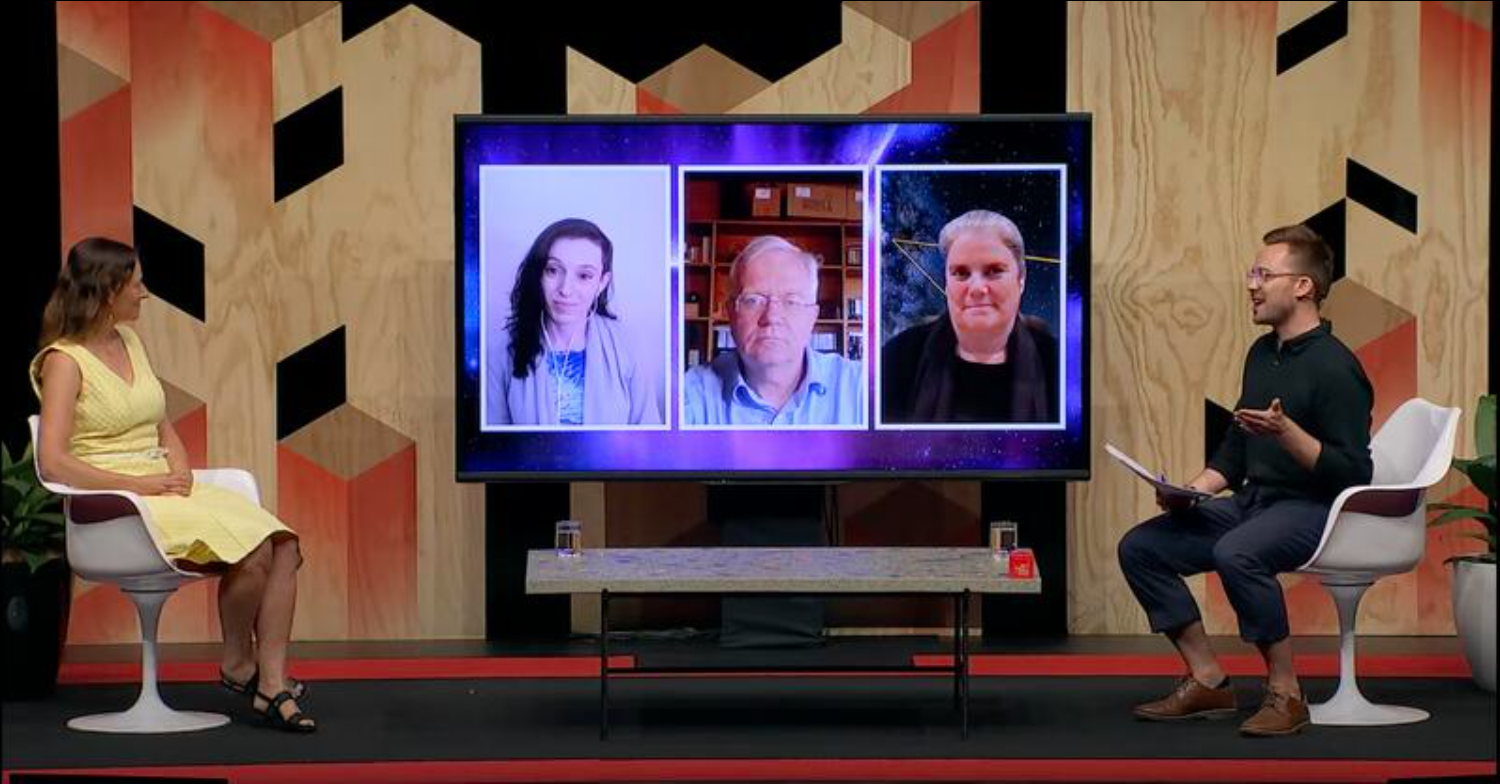
World Science Festival Brisbane 2021 with Nobel Laureate Andrea Ghez, Nobel Laureate Brian Schmidt, Professor Tamara Davis, and Dr Nichole Barry.
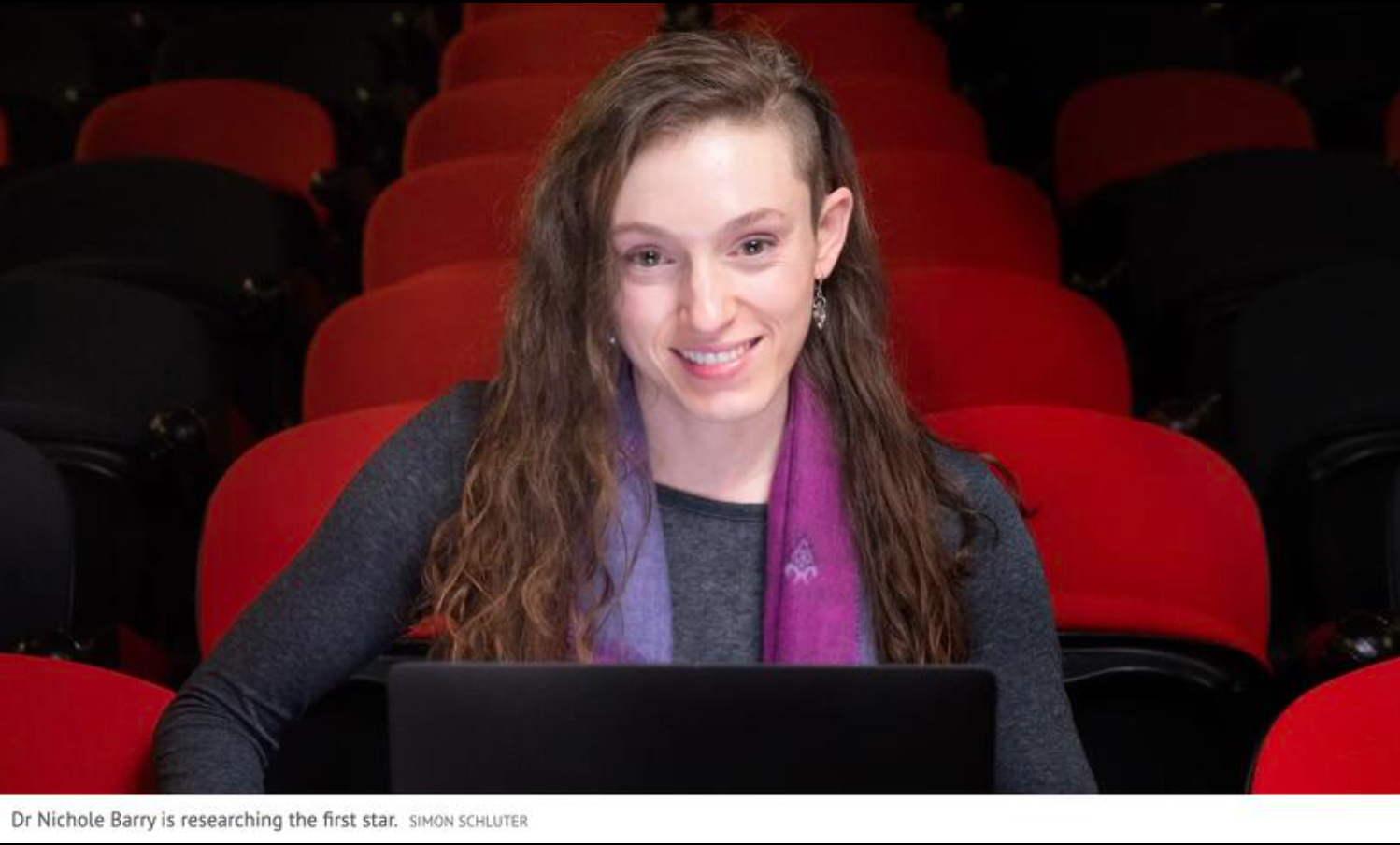
Liam Mannix from The Age, Melbourne's leading newspaper, reports on the deepest measurements ever made to look for the first stars and galaxies.
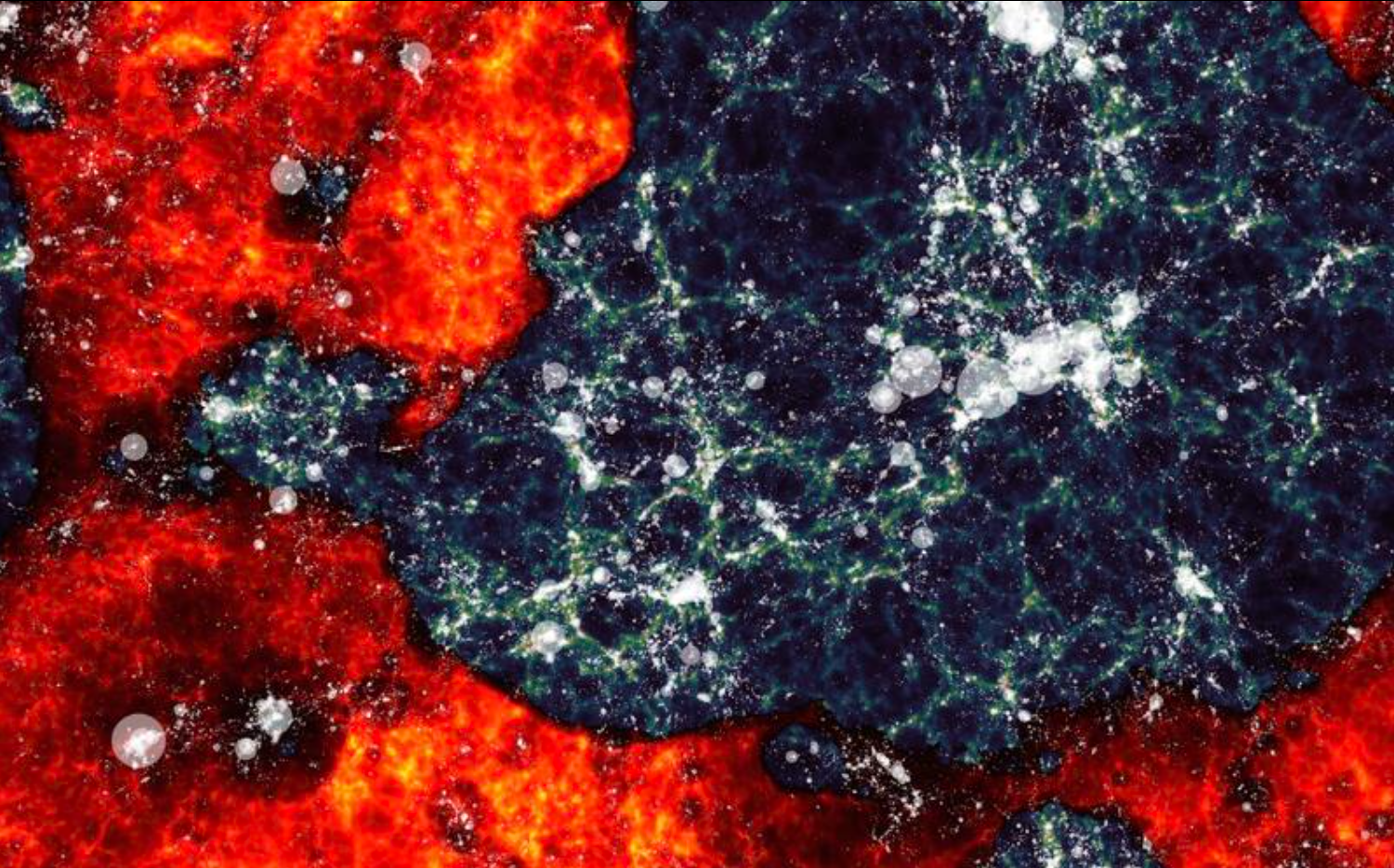
Media release on the deepest observations ever made to look for the glow during the Epoch of Reionization.
I am currently looking for students at UNSW in Sydney! I have a list of potentially exciting projects to help start a career in low-frequency radio cosmology,
but am always happy to discuss any ideas and pathways that come to mind. Please contact me directly if you are interested in applying.
*Please note that UNSW does not have a direct Physics Masters program. Interested PhD candidates should have the equivalent of a First- or Second-Class Honours (75% total grade or above), or a 1-year Master's degree with significant research component.